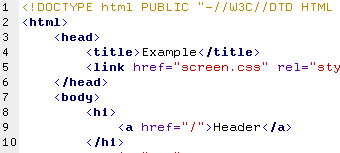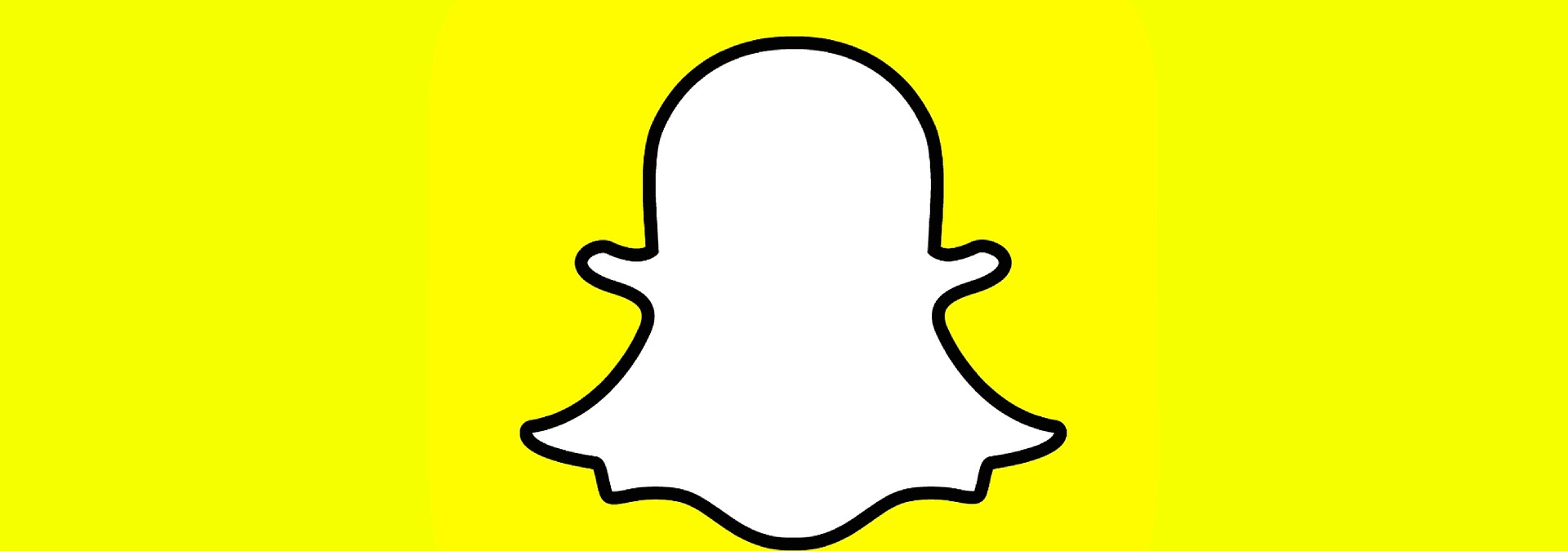
To some of you, the following post will be classified as Dead Simple. To others, I hope it can be classified as Very Helpful.
One of the things we often do for clients is teach them how to write for the web. Beyond the style and tone that’s suitable for the web, we often help them with simple HTML for formatting their text. This isn’t HTML that will let you design a full webpage. It’s simple HTML that will let you write into a blogging or CMS system with some style.
As a result the copy will be better layed out and easier for people to read on a screen. To help our clients we’ve developed a simple HTML codes cheat sheet that we pass out. Clients have found it very helpful for referencing while they’re writing. We’ve found it very helpful because it means clients can teach themselves.
Many of our clients print out a copy of this quick guide and have it pinned up beside their computer for reference. I remember seeing a client who had colour coded the cheat sheet so it was easier to read. It didn’t make sense to me, but it made sense to him, which is what matters.
So in the interest of sharing what we’ve created, here it is, the Work Industries simple HTML codes cheat sheet. I hope you find it useful. If not, let me know.
I’m interested in feedback. Did I miss anything? Is anything not clear? What improvements could be made? Please leave a comment, we’ll collect our wisdom, and I’ll revise the text file as needed.
If you find the file helpful, please use it liberally and pass it on, with some kind of attribution to James Sherrett and link to Work Industries, please.
Update: Thanks to some quick fine work by Derek Miller, we now have a PDF version of the HTML cheat sheet (PDF, 56k).
Update 2: Thanks to some more fine work by Allyson McGrane, we now have a Word version of the HTML cheat sheet (.doc, 32k) too. Awesome, possum.


